Puerto Vallarta across the bay from the hotel zone
Based on an article by City Historian Juan Manuel Gomez Encarnación.
Our beautiful Banderas Bay (Bahía de Banderas: Bay of Flags) shares beaches with three municipalities: Cabo Corrientes and Puerto Vallarta in the Jalisco state; and Bahia de Banderas in Nayarit state.
Marina Vallarta to Los Arcos – partial view of the Banderas Bay and Puerto Vallarta, source: Superego on Vimeo
Banderas Bay is located on the west-central coast of the Mexican Pacific, between the southwest part of the state of Nayarit and the western part of Jalisco.
The Sierras (mountain ranges) that surround the bay are Sierra Vallejo on the northern part, Sierra Cuale to the East, and Sierra El Tuito to the south and southeast.
It is geographically located between the parallels 20°15′ and 20°47′ N and between the meridians 105°15′ and 105°42′ W.
The bay starts off in the north with Punta de Mita, Nayarit and ends on the south side at Cabo Corrientes, Jalisco.
Its coastline, 65 miles long, is divided into the following: the north coast of Punta de Mita to Bucerias is about 15 miles; East Coast, Bucerintos to Boca de Tomatlán is about 24 miles and the south coast from the west side of the river at Boca de Tomatlán to Cabo Corrientes, approximately 32 miles.
So as you can see, it currently is a bay that is shared by two separate states, Nayarit north of the Ameca River, and south of the river it is part of the state of Jalisco.
The total calculated area of the bay is 381 square miles (Saline and Bourillón, 1988). Its maximum depth is 4711ft (1436 meters) in the oceanic trench located in front of the beaches of Quimixto and Yelapa.
Roca de Los Arcos (The Arches Rock, left) y Roca de La Tortuga (Turtle Rock, right) Los Arcos de Mismaloya
Geologists believe that the bay is the original point where the southern part of Baja California was attached to the continent before it was separated from the North American plate millions of years ago to form the current Gulf of California (Sea of Cortez or Vermillion Sea).
It is one of the largest bays in Mexico, after Sebastian Vizcaino Bay and the Bay of Campeche.
Mexico has millennia of tradition and heritage
Its name derives from the time of the Spanish Conquest in which Cortés took possession of lands on behalf of the King of Spain, it was noted by his scribes that the local Indians came out to defend their lands with a multitude of flags and they, the Spaniards, won the battle under the Flag of the Blessed Virgin and Santa Cruz (Blessed Cross).
The bay area is very important for the local and Mexican tourism industry, with millions of visitors a year, although the original Puerto Vallarta town and the harbor area have been important for more than a century and a half.
Humpback whales in Puerto Vallarta (Photo: Eduardo Lugo)
The bay is also well known as a vital area for humpback whale (Megaptera novaeangliae) breeding and birth.
List of the 21 largest bays in the World
It’s common to hear, especially when you are in town, that Banderas Bay is the largest bay in Mexico and also has an important rank among bays all over the world. I tried to find a complete list of bays ranked by surface area, but there wasn’t one.
I used a list provided by Google, Answers.com, and two other sources to make a rough draft of the biggest bays, I removed those that were bights, estuaries, or classified as some other geographical feature. I then searched the surface area for each of them, I’d say 70% had official data, but with the others, I was forced to measure it myself on Google Maps and establish a rough estimate (plus-minus 1-5%). The final list is below.
As you can see, Banderas Bay (Bahía de Banderas) is the second-largest bay in Mexico if we remove the Campeche Bay that is officially a bight, but because the historian that wrote most of this article above mentions it as a bay, I’ve included it. Furthermore, the Bay of Biscay is considered a gulf, so we could take that off too. In this case, Bahía de Banderas is the third-largest in Mexico. If we use the same reasoning, Banderas Bay is among the Top 25 largest bays worldwide, either the 19th, 20th or 21th largest bay in the world.
Maybe a Geographer can help improve this list, but for the time being it’s the best I’ve been to make, and as mentioned there seems to be no other alternative online.
| Name | Country | Area (sq. kilometers) | Rank |
|---|---|---|---|
| Bay of Bengal | India & Myanmar | 2172000 | 1 |
| Hudson Bay | Canada | 1230000 | 2 |
| Bay of Biscay | France/Spain | 223000 | 3 |
| Ungava Bay | Canada | 50000 | 4 |
| Bay of Campeche | Mexico | 16000 | 5 |
| Bay of Fundy | Canada | 16000 | 6 |
| Chesapeake Bay | USA | 11601 | 7 |
| Sebastián Vizcaíno Bay | Mexico | 5200 | 8 |
| Massachusetts Bay | USA | 3699 | 9 |
| James Bay | Canada | 3002 | 10 |
| Saginaw Bay | USA | 2960 | 11 |
| Florida Bay | USA | 2200 | 12 |
| Manila Bay | Phillippines | 2000 | 13 |
| Port Phillip Bay | Australia | 1930 | 14 |
| Galveston Bay | USA | 1600 | 15 |
| Hạ Long Bay | Vietnam | 1553 | 16 |
| Tokyo Bay | Japan | 1500 | 17 |
| Bay of All Saints | Brazil | 1223 | 18 |
| False Bay | South Africa | 1090 | 19 |
| San Francisco Bay | USA | 1000-4100 | 20 |
| Banderas Bay | Mexico | 987 | 21 |
Last Updated on 17/10/2022 by Puerto Vallarta Net



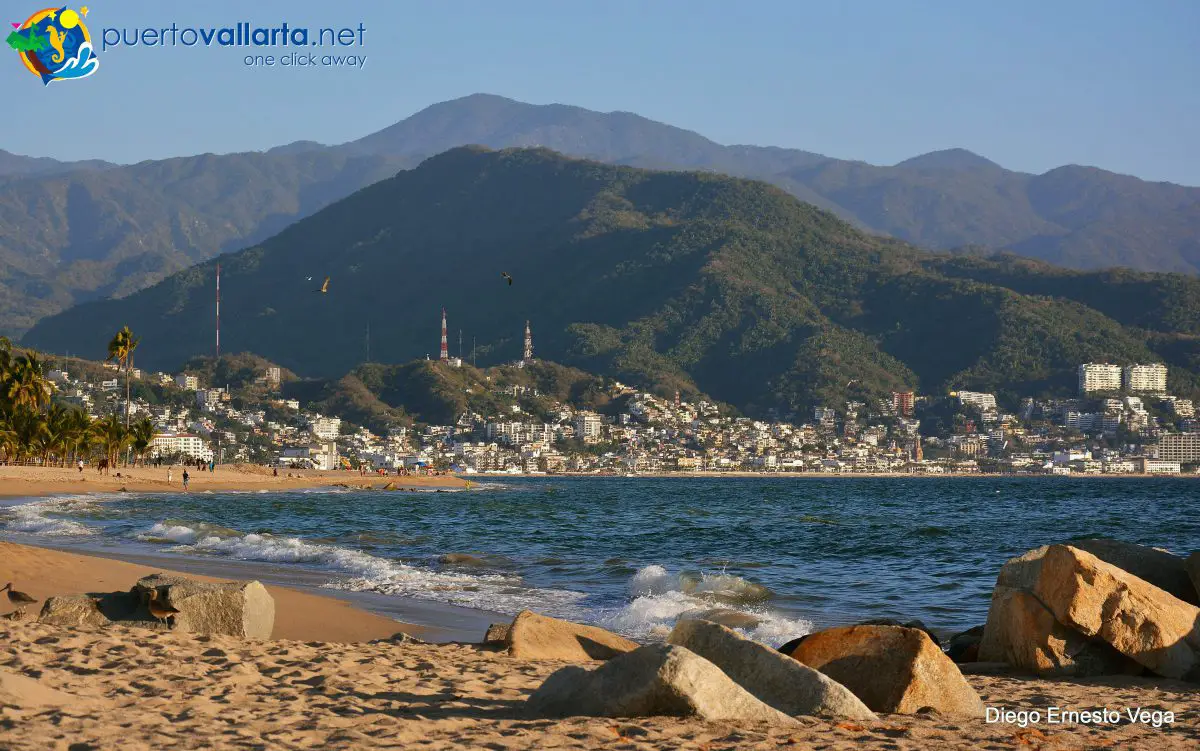
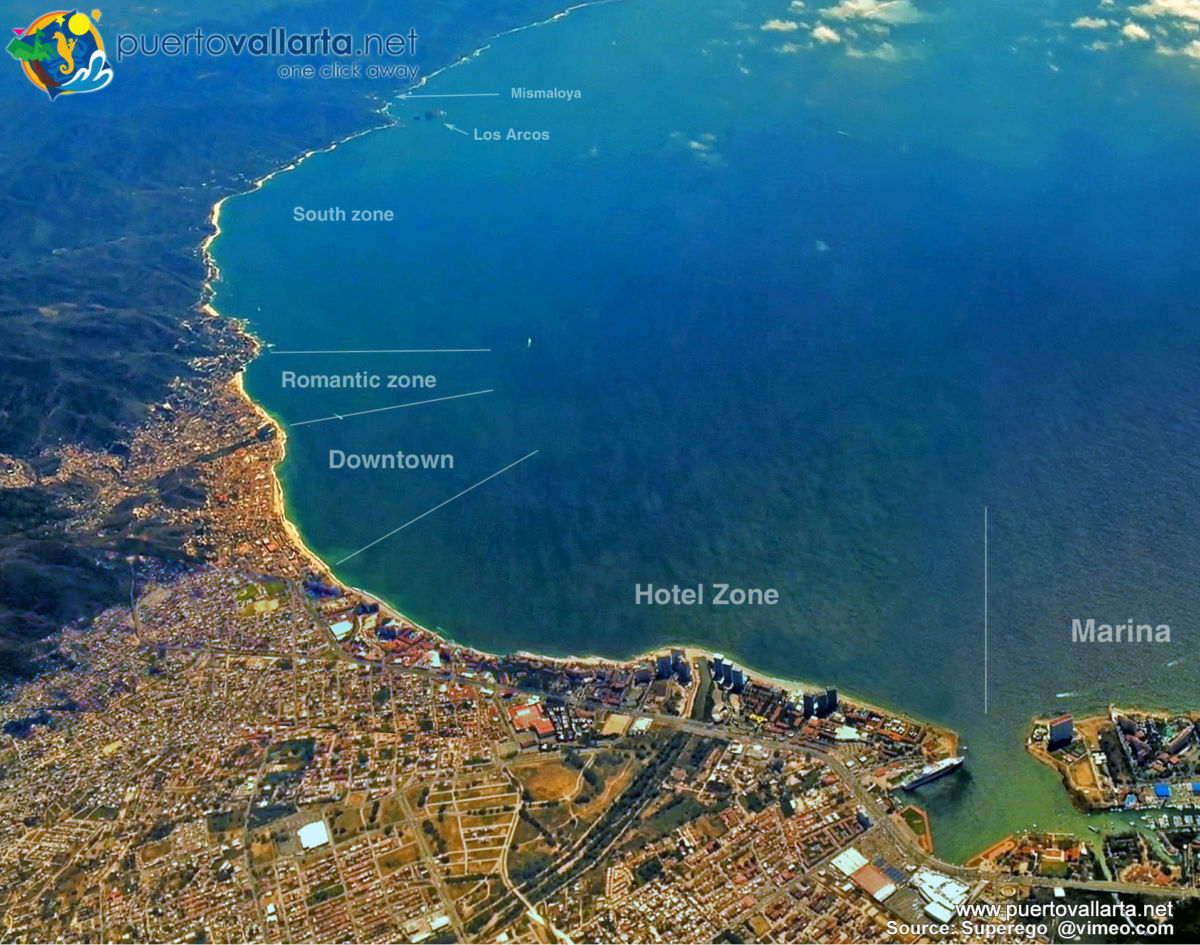
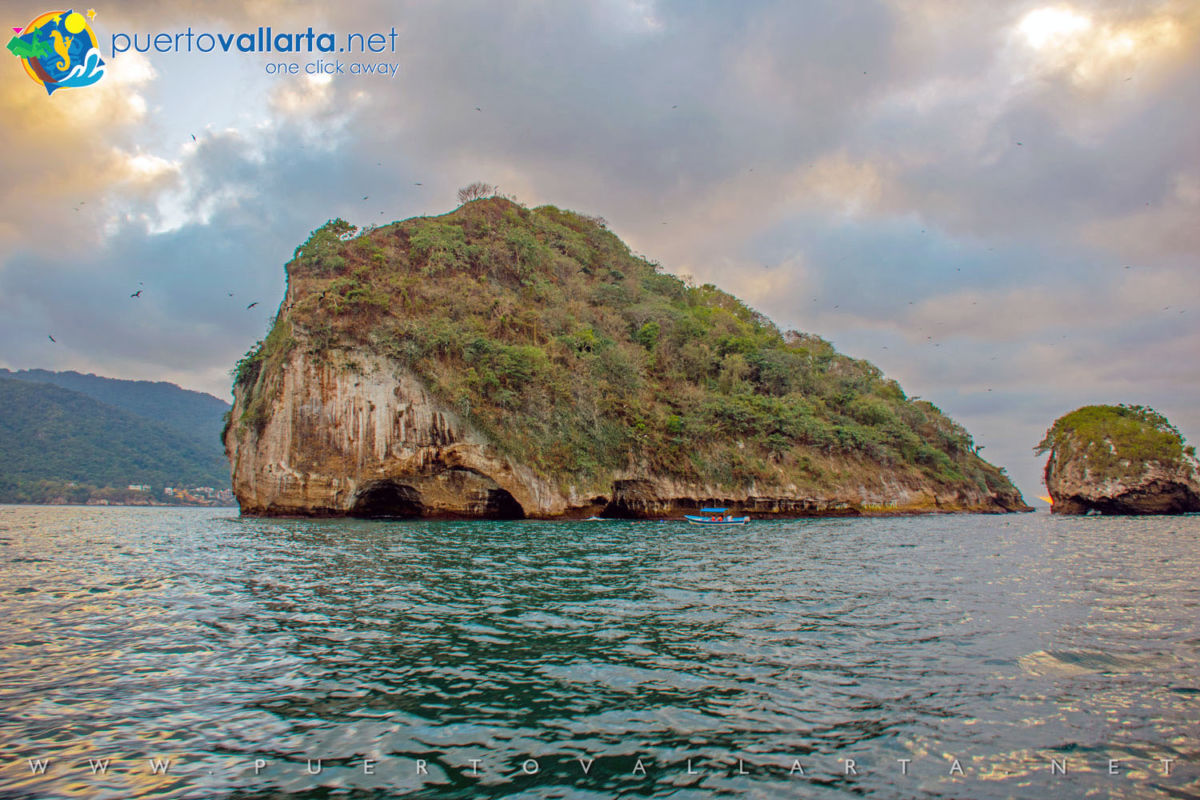
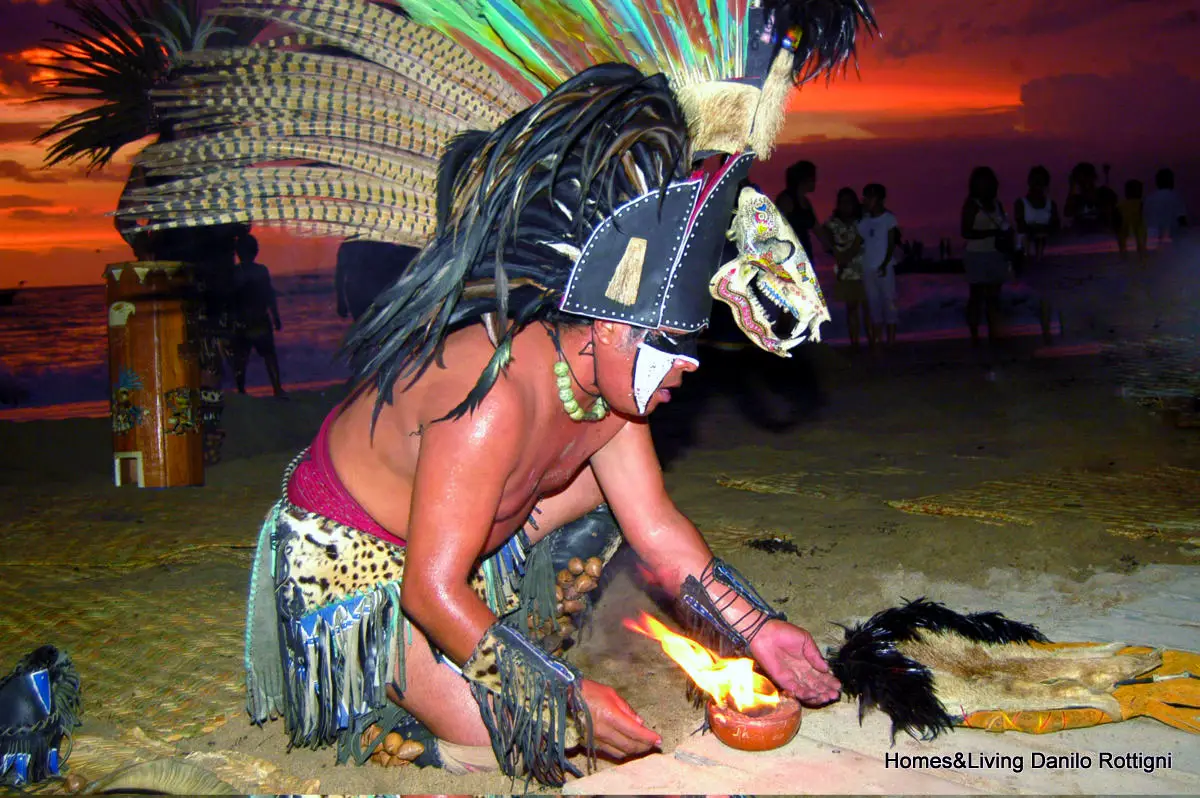
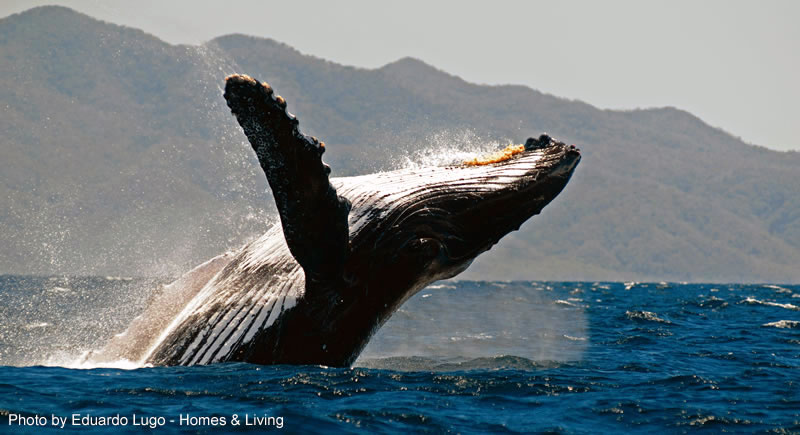

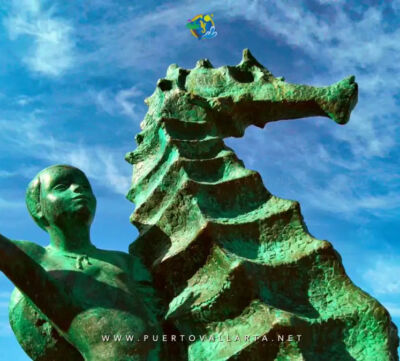


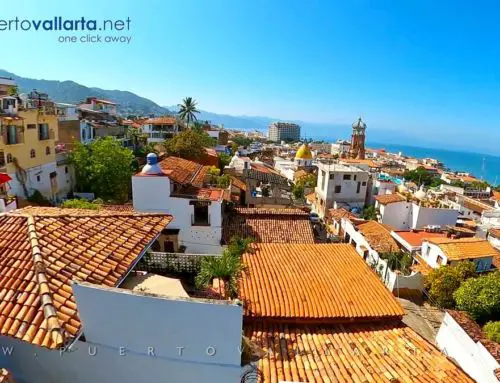


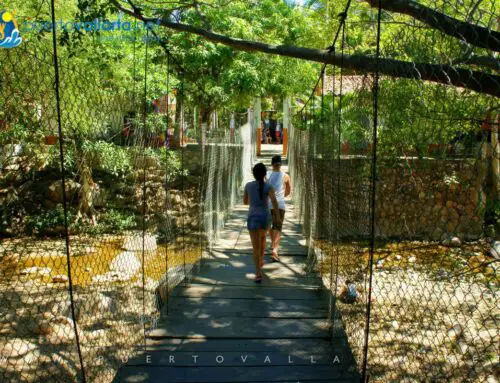
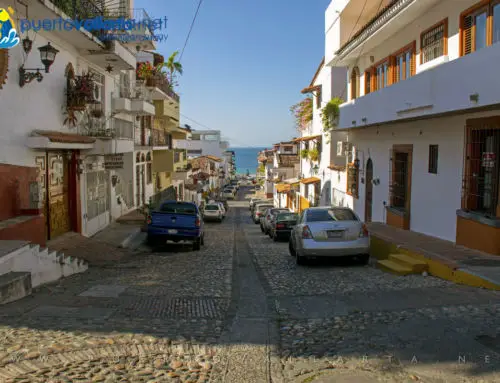
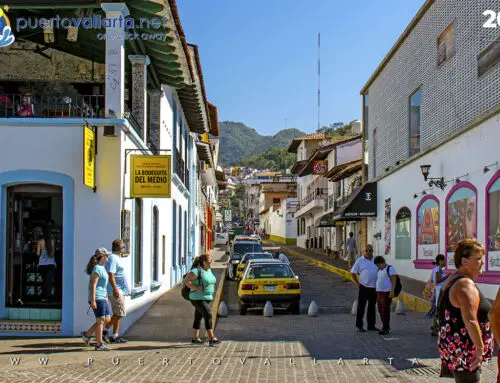
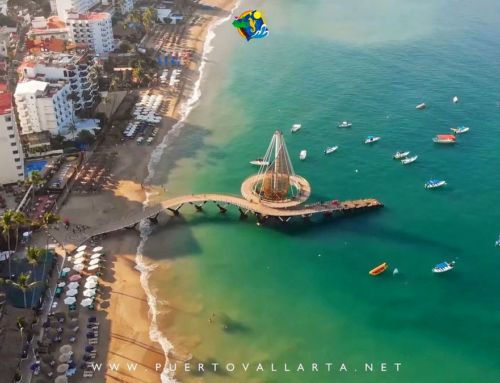
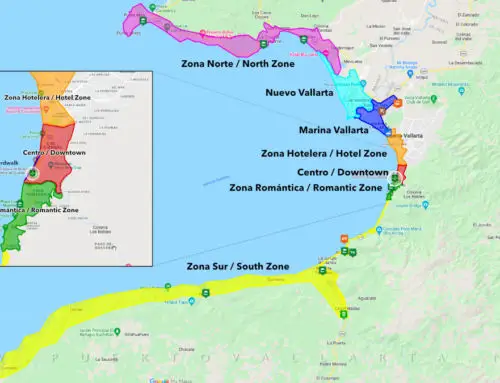
Hudson Bay is Canada’s not USA
You are right, my mistake, corrected. Thanks for noting the error, Don.
Bay of Biscay is Spain/France not just France.
Thanks, will correct.
Todos os Santos Bay, Bahia Brazil = 1233 sq km.
Thanks Liliane for that info, that pushes Banderas Bay out of the Top 20 :-) – I updated the info… need to redo it as the Top 25… Greetings